From streetwear exclusives to vintage gems, the global resale economy is growing at a rapid pace fuelled by changing consumer attitudes to sustainability, luxury and the concept of ownership.
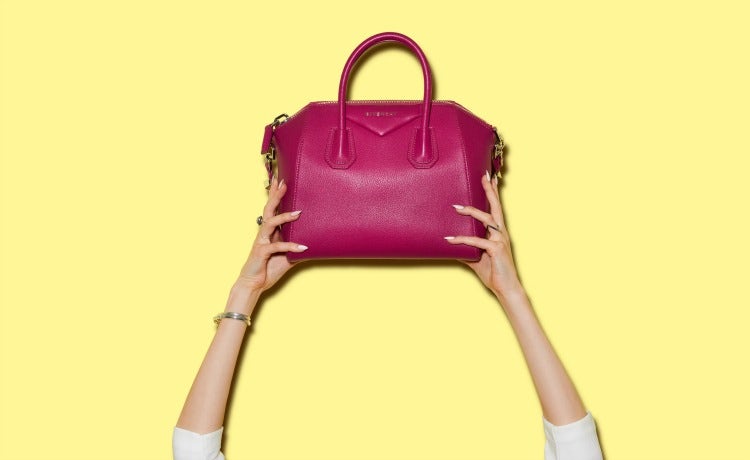
The market for resale, pre-owned or pre-loved fashion is evolving. Shaking off the negative connotations often associated with ‘second-hand fashion’, resellers are offering seamless, social-focused experiences that enable customers to acquire anything from limited edition streetwear and vintage luxury to thrift pieces.
Consumer interest in resale is only expected to grow, with the US market alone predicted to reach $41bn ($31bn) by 2022, according to resale marketplace ThredUp. Currently worth $20bn (£15bn), the US resale economy is dominated by apparel (49%), followed by media and electronics (20%), books (13%) and homeware and furniture (11%).
The report suggests US resale is likely to grow 24 times faster than the retail sector, with 71% of consumers surveyed planning to spend more on resale over the next five years.
While there are no specific figures available for the UK market, British consumers are showing a trend for rejecting the trappings of fast fashion in favour of resale clothing. Furthermore, as retail heavyweights such as House of Fraser, Marks & Spencer and New Look pull back from the high street, the opportunity grows for online resale to capture UK consumers’ attention.
Streetwear is a sector that has embraced resale with vigour. It is a market dominated by the much-hyped ‘drop’ of new products from brands like New York-based Supreme. Such is the popularity of its limited edition weekly drops that Supreme has now introduced a ticketing system requiring shoppers to sign-up in advance for a chance to shop in-store.
Consumers are becoming more mindful about their consumption habits and, in the era of sustainability, circularity is a big driver.
Ceanne Fernandes-Wong, Vestiaire Collective
The limited number of people physically able buy in-store has created a feverish secondary market, with pieces popping up for resale on platforms such as Grailed, a curated community marketplace for men’s clothing, and its sister site Heroine.
Grailed mixes fashion editorial with a peer-to-peer marketplace of streetwear enthusiasts selling new and used limited edition pieces, classic menswear and vintage. On the site, Supreme hoodies and jackets sell for more than $1,000.
The rapid adoption of resale reflects changing attitudes among consumers, particularly at the luxury end of the market, who are far more comfortable buying high-end pieces online and not directly from the brand.
Ceanne Fernandes-Wong, CMO and vice-president for EMEA at luxury resale site Vestiaire Collective, sees a number of reasons for the explosion of the resale economy. She credits fashion retailers such as Net-A-Porter and Farfetch for having initially broken down the barriers by showing consumers that they do not need to visit the brand to have a luxury experience.
READ MORE: Farfetch’s John Veichmanis on his rise to CMO
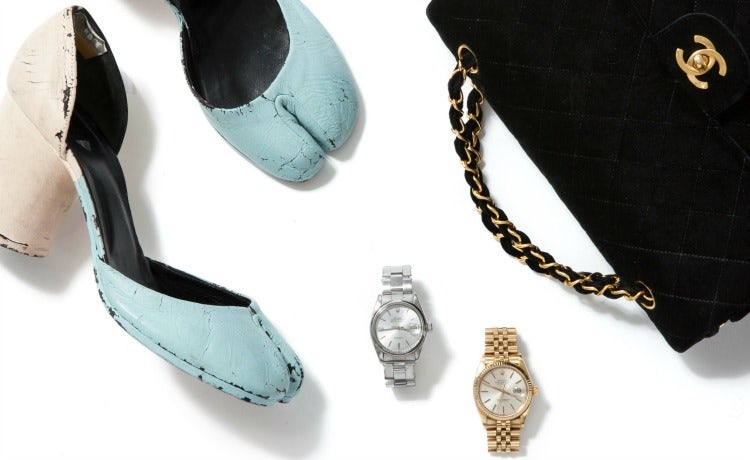
Furthermore resale has positioned itself as the antidote to fast fashion, tapping into consumers’ changing relationship with ownership. There is a shared feeling among Vestiaire Collective’s seven million members that while they may not want to wear their clothes for a lifetime, there has to be a better way than fast fashion.
“There really has been an evolution in consumers becoming more mindful about their consumption habits and, in the era of sustainability, circularity is a big driver,” says Fernandes-Wong.
“If you spend a lot of money on something you don’t really enjoy wearing, why not give somebody else the opportunity to wear it and at the same time make more money to fund your next purchase?”
The growth of the resale market is changing consumers’ attitudes towards making luxury purchases in the first place, because while they may be out of pocket initially they know they can recoup some of their investment later.
“When you know that’s possible it does change your attitude towards making those purchases in the first place,” says Tiffany Hogan, senior apparel analyst at Kantar Retail.
The idea of a revolving wardrobe is becoming more widely adopted.
Manish Chandra, Poshmark
Rati Levesque, chief merchant at US luxury fashion reseller The Real Real, agrees consumers are thinking of purchases more as investments. The mindset, she says, has changed so that when consumers purchase a luxury item they know they will eventually make 50-70% back on the original cost through resale.
These changing attitudes to ownership are a hallmark of the millennial lifestyle, explains Charles Gorra, CEO of luxury handbag reseller Rebag.
“It’s the same reason why now for millennial consumers, and even younger generations, it’s Uber vs taxis, it’s Airbnb vs hotels. It’s the idea of experiencing instead of owning,” he states.
“Whereas our parents would buy a few pieces and own them for lengthy periods of time, I think consumers today value more variety. You are able to swap so you can be on top of the trends, while reducing the dollars.”
READ MORE: The changing nature of luxury – How brands are evolving to meet consumers’ demands
The brand benefit
Keeping the integrity of the brand alive is at the heart of The Real Real philosophy. The reseller believes the only way to represent the brand in an authentic way is to invest in a rigorous authentication process, great photography and curation of the items. To this end, the company employs more than 90 in-house gemologists, horologists and brand authenticators who inspect thousands of items daily.
By showing a commitment to authenticity and creating a luxury experience, the resale market is being embraced by more “primary market brands”, says Levesque. She points to The Real Real’s tie-up with fashion house Stella McCartney.
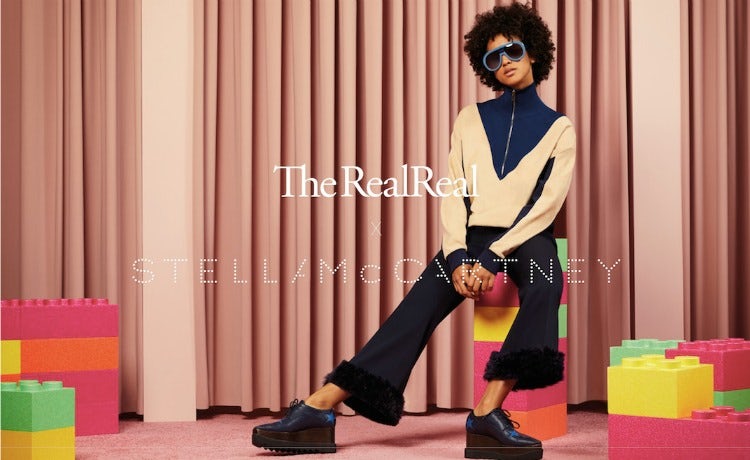
Released on Earth Day (22 April), ‘The Future of Fashion is Circular’ partnership between The Real Real and Stella McCartney promotes a “make well, buy well, resell” mindset. Running across TV, radio and social in the US, the campaign rewards any shopper who sells a Stella McCartney item via The Real Real with a $100 voucher to shop directly with the fashion brand in one of its boutiques.
Other than the growth of streetwear, resale is one of the hottest topics in luxury at the moment and an area luxury fashion houses are keeping a close eye on, says Fernandes-Wong.
She describes Vestiaire Collective as having a “very positive and favourable relationship” with the luxury brands, with whom it communicates both informally and formally about the authentication of products.
While resale can present a challenge to brands who may still want to control their brand perception, the fact that pieces are being resold after decades is testament to the product quality, says Hogan.
“If a Chanel bag is on The Real Real it is no longer under the brand’s control, but at the same time the fact that it is being resold and is still in good condition shows these are timeless pieces that people are willing to re-buy over and over again,” she adds.
“You’re also really gaining a new shopper if you’re getting someone who can’t qualify for those original purchases yet. They’re becoming fans of your brand, maybe at a different age or different stage than they would have normally.”
Delivering a ‘first-hand’ experience
Just because customers in the resale market are shopping pre-owned products does not mean they want anything other than a top-notch experience, especially in the luxury space.
While some of the members buying on Vestiaire Collective are aspirational shoppers for whom this will be their first interaction with a designer brand, others are bona fide collectors with a vast knowledge of the luxury space.
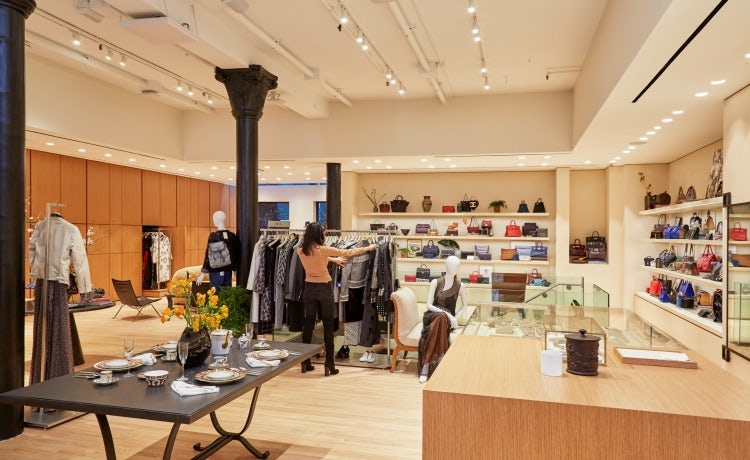
Every customer, however, is looking for an authentic and seamless experience, explains Fernandes-Wong. For Vestiaire Collective this means building up trust with consumers so they believe in the quality of the product and why the brand is conscious of always maintaining an elevated positioning.
“We’ve had Hermès handbags on our site sell for well over £100,000. There is the super high-end right down to the more day-to-day designer handbags, so you have to create an environment whereby the customer feels comfortable,” she explains.
“You do that through the user experience of the website, your editorial and content, and ensuring that overall the positioning is right.”
While Vestiaire Collective offers a verified and authenticated peer-to-peer marketplace, Rebag differs in that it purchases the products itself from sellers and then trades directly with consumers online and at its New York store.
Gorra explains that the website is engineered to enhance the product and respect the “brand’s universe”. Each bag is fully serviced and then goes through a custom-made 360-degree machine, photographing it from every angle. The image is then set alongside copy that explains in-depth the product’s origins.
To keep the experience luxurious, Rebag has set out to “transform” the language used to describe resale, by focusing on “pre-loved” or “pre-owned”, rather than “second-hand”.
Gorra explains: “These are very expensive products. Even with a pre-owned version people are spending a few hundred dollars, sometimes in the thousands of dollars, so they want a first-hand experience.”
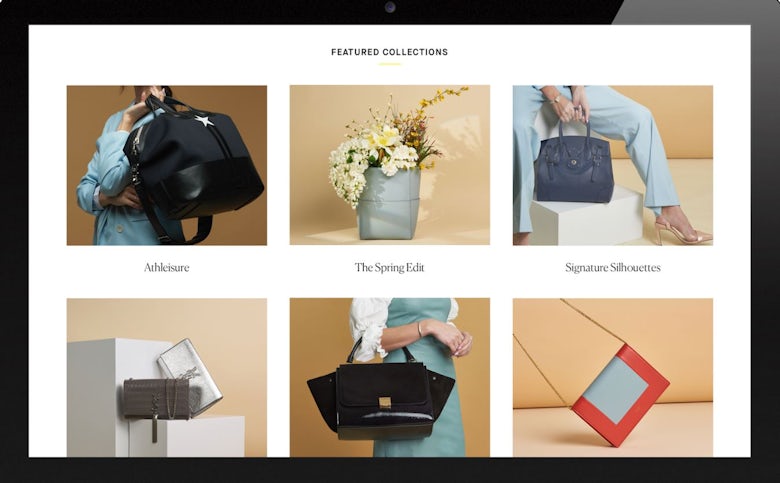
His firm belief is that there still needs to be a sound first-hand market to benefit the second-hand ecosystem. The scale of the first-hand luxury market also encourages the Rebag CEO that there is plenty of product ready to enter the resale economy.
“If you aggregate all the luxury supply that’s being sold over the past two decades the reality is today less than 10% of these items are currently circulating in the secondary market,” says Gorra.
“That means there is 90% that is currently untouched and so our mission is to make resale so seamless that we can get those 90% of idle supply and idle customers into a resale behaviour. A decade from now we think the penetration of the resellers will be significantly upwards from where it is and we will ride that change through education.”
READ MORE: The secrets of achieving cult status
Brands represent a “huge opportunity” for peer-to-peer social marketplace Depop, according to head of brand marketing Arthur Perez. The likes of Converse, Dickies and ethical US fashion brand Reformation are using Depop to target its young audience, 80% of whom are aged 25 and under.
Perez believes brands see resale is as an opportunity to tell another story about their business.
Kathleen Talbot, vice-president of operations and sustainability at Reformation says the brand is supporting resale as a rejection of the fashion industry’s “take, make, dispose system” and to show consumers they can get paid to extend the life of their clothes.
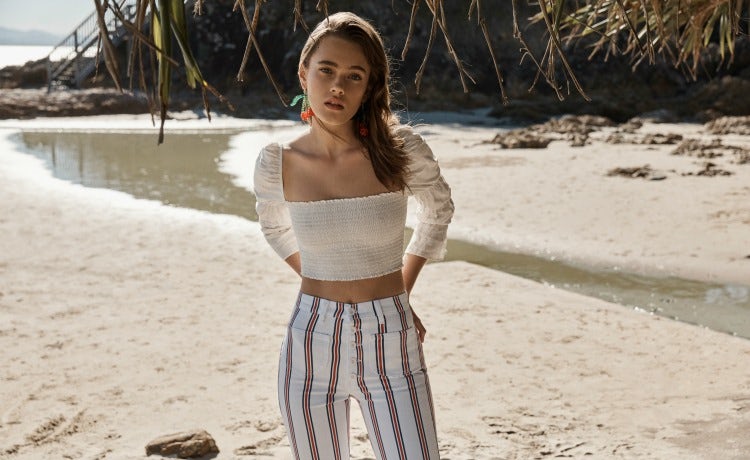
Reformation is aiming to see 75,000 garments resold or up-cycled this year, and it hopes to double this figure to 150,000 by 2020.
Talbot wants brands to embrace the resale economy as part of the solution to the disposable fashion mindset and see how its clothes can have a second life with a new set of customers.
“The fun part of partnering with Depop and resale sites is that the story is really shaped by our customers and those using the platform. So you get to see how they style and wear Ref, and what they love about the product,” says Talbot.
“We hope that our long-time Reformation customers will engage in Depop and resale, but it also opens up Ref to customers that are looking for a lower price point, or want to try us out without the full-price commitment. I think connecting people to shop, swap and share is pretty sweet too.”
Social shopping
Aside from its connection with brands, Depop has benefited from the rise of the sharing economy and a “freelance mentality”, which has changed the way young people approach ownership.
Perez explains that consumers on Depop like the fact that they are buying from another person, describing the emotional connection created between the community of sellers and buyers as being far less “functional and transactional” than platforms like Gumtree or eBay.
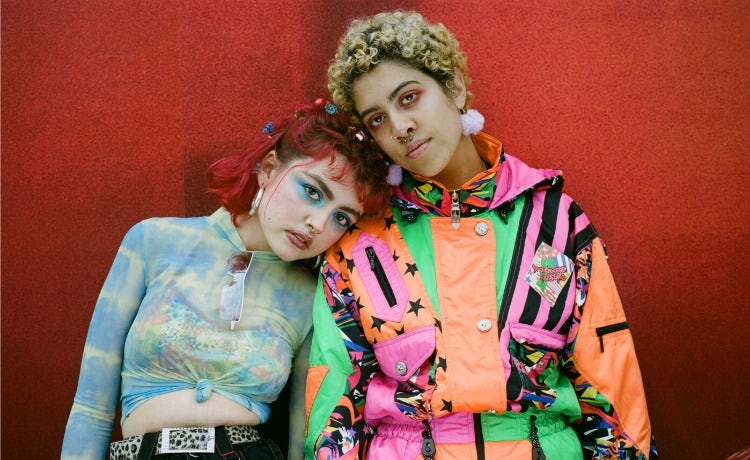
“You’re literally buying from real people,” he explains. “You can shop from their wardrobe or their own brand, so it’s a one-on-one relationship, rather than a faceless corporation. On Depop you buy from a personality, so people promote themselves as much as they promote their item.”
From a business perspective, the diversity of the offering allows the platform to reach a wider number of consumers, while the sellers themselves do the marketing by driving shoppers to their individual Depop pages via Instagram.
In 2018 sellers see resale as a fully-fledged business opportunity agrees Manish Chandra, founder and CEO of peer-to-peer social marketplace Poshmark.
“The idea of a revolving closet is becoming more widely adopted, where people buy something and wear it just a few times, and when they no longer need it they sell it to buy something new. As a result, fashion is becoming more accessible,” he explains.
The Poshmark social marketplace comprises some 4 million “seller stylists”, selling 14 million items a day and contributing to $100m worth of inventory uploaded to the platform every week. Across Poshmark at any one time there are more than 75 million items on sale from around 5,000 brands.
Chandra describes Poshmark as an example of “people-powered commerce”, with sellers building up one-to-one relationships with the buyers who like, comment on and share each other’s items like they would on Facebook or Instagram.
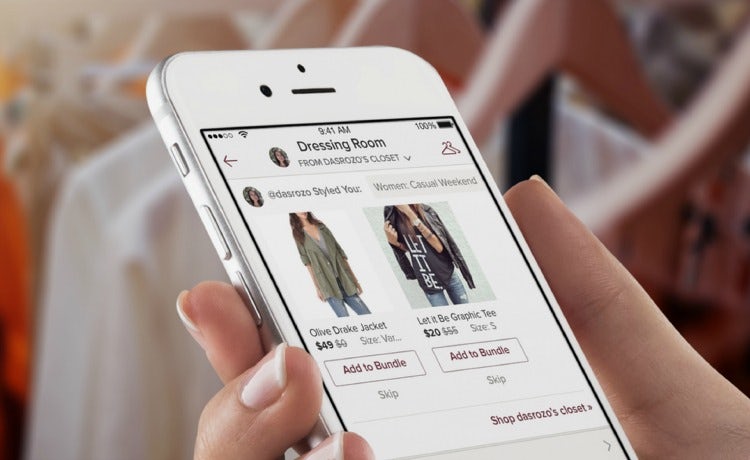
Some 75% of shoppers are repeat buyers from the same sellers. Users typically spend 25 minutes a day on the app, opening it seven to nine times. This, says Chandra, makes Poshmark a “highly addictive social commerce platform”.
The most in-demand sellers tend to be the ones who have built up large followings on the platform by selling anything from one-off vintage to new pieces or even their own designs. As result brands are becoming far less relevant.
“It’s less about the brand and more about how the seller decides to style and photograph each item for their shoppers,” says Chandra. “Poshmark is more than just another shopping destination, it’s a community-powered by like-minded people who are becoming the next generation of fashion influencers.”
Original post from Marketing Week.
https://www.marketingweek.com/billion-dollar-fashion-resale-economy/